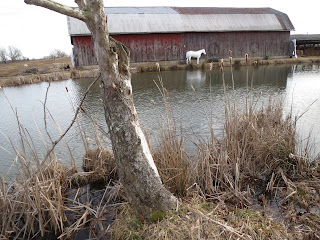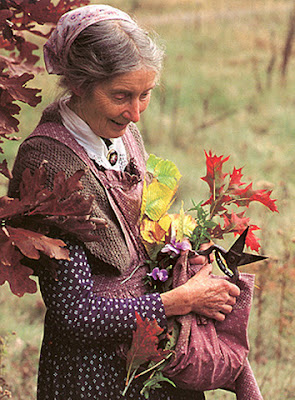 |
| Writing for Suspense: Three Tools of the Trade |
One of the most popular genres in the field of entertainment is Suspense. Good suspense-filled books are often translated into intriguing television shows such as the recent Netflix Original production of Locke & Key. For writers of Suspense who are frequently analyzing successful series, try incorporating these three elements in your stories:
- Introduce a likable protagonist, then a villain most foul. Set the hero or heroine in a vulnerable setting such as a creepy house, abandoned warehouse, foggy dock, lonely lake, or darkened sea cave with the tide coming in, as in Locke & Key. Then, add an unexpected twist. Reveal that your protagonist has a hidden past, unusual gifts, or military training. Turn the hero into the one in charge, rather than the villain. The setting will help build the suspense, as the reader or viewer expects the bad guy to always have the upper hand. Sometimes a hero is stronger than expected. A perfect example of the vulnerable protagonist turned superhero is the character of River Tamm in FIREFLY. No one suspects she is the most dangerous weapon in the sleazy bar.
 |
| A remote, lonely setting is perfect for adding suspense in film and literature |
- A second method of building suspense is separating your characters into different locations, compartments, or job allocations. Science fiction is full of this form of narrative. One scientist will journey to the surface of an unknown planet, while another is forced to repair a panel on the outside of a damaged spaceship. Each character is then more vulnerable and more dependent on their individual decisions and skills. Separation increases the reader's or viewer's sense of anxiety whenever the protagonists face life and death scenarios on their own. A classic example of this process is found in JURASSIC PARK films in which one group of explorers leaves the trusty compound, only to regret their decision sooner than later.
 |
| Separating a vulnerable character from a group adds an element of suspense |
- When the suspense is really building in a novel, such as a murder mystery or horror film, note that the protagonist is often left to improvise a means of survival with tools, makeshift weapons, or a combination of unique spells and workbooks. The hero or heroine has to use their wits to defeat the Dark. Writers often do not spell out for their audience what the protagonist is exactly going to do. The camera will simply suggest a change in their expression or perhaps show the lead actor grabbing up several objects near at hand. At the last minute, the good guy, or good girl, comes up with a way to trap the evil genius in his own laboratory or pop that all powerful genie back into a bottle. An excellent sample of this writing technique is found in Locke & Key, as mentioned earlier. The youngest boy in the family, Bode Locke, combines his plastic light saber toy with a magic fire key, enabling him to destroy his enemy's shadow and burn it to smithereens with a mighty thrust.
 |
Racing events create elements of suspense in both film and literature.
Here is the famous race between Iron Will Stoneman and a train filled with journalists.
|
Good writing goes beyond these contrivances, however. An original author creates suspense by understanding fear and bravery, as well as human nature. What really makes for good literature, moreover, is a sense of purpose for the suspense. Is it simply to entertain, or does the suspense assist the readers and viewers in comprehending life on a fuller, deeper scale? The noblest example of great writing meeting great suspense is a matter of personal opinion. Every riveting story, though, must have some element of intrigue, tension, or drama.
 |
| Lady Macbeth in a witchy, ghostly tale of profound literary quality |
Who could ever forget the Bridge of Kazadoom in Tolkien's The Lord of the Rings? Perhaps the master prize should go to Alexandre Dumas, Edgar Allen Poe, Stephen King, or Alfred Hitchcock. In any case, the bag of suspenseful tricks for writers is full of surprises and inspiration, but literary merit requires true artistry and a powerful theme. To bump suspenseful writing into the category of great literature, I would consider William Shakespeare's Macbeth. Now there's a cauldron full of toil and trouble.
 |
| An original Tolkien illustration engaging the reader in a world of suspenseful events |









Comments
Post a Comment